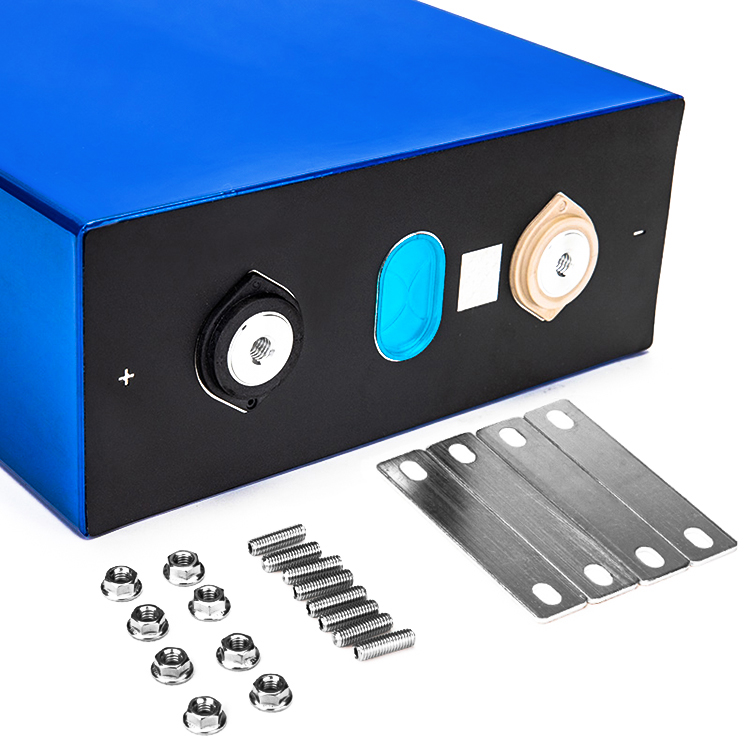

The hardware logical structure of the energy storage management system is different
Energy storage lithium battery energy storage management system: The energy storage system has a large scale, and the hardware generally adopts a two-layer or three-layer mode. Larger scale systems tend to have a three-layer management system.
Power lithium battery energy storage management system: The power battery system is located in high-speed electric vehicles, and has higher requirements for the power response speed and power characteristics of the battery, SOC estimation accuracy, and the number of state parameter calculations. There is only one centralized or two distributed layer, and there is basically no situation of three layers. Small cars mainly use a centralized battery management system with one layer, but there are currently few two-layer distributed power battery management systems.
Different types of lithium batteries are used
Lithium iron phosphate batteries are mainly used for energy storage, as they outperform other batteries in terms of safety, environmental protection, volume, and weight. In some energy storage stations, lead-acid batteries and lead-carbon batteries are also used.
The current mainstream battery types for power lithium-ion electric vehicles are lithium iron phosphate batteries and ternary lithium batteries, which have more selectivity and are not very stable in terms of safety.
Different requirements for capacity and volume
Energy storage lithium batteries are mainly used for power supply and are required to output high power. Lithium battery pack is small in size and lightweight. The energy density of lithium batteries is 3-4 times that of lead-acid batteries, 2.5 times that of nickel cadmium batteries, and 1.8 times that of nickel hydrogen batteries.
Power lithium batteries are mainly used for energy storage, with high capacity requirements, long service life requirements, and low self discharge. The capacity of electric tool batteries is not large and does not require high power output.
The range of current usage is different
Power lithium batteries are generally used in equipment that require high current discharge (3-5 ° C) and have relatively little damage to the battery. Energy storage lithium batteries are used in small current devices (usually within the discharge range of 0.5-1C), where C refers to the charge discharge rate, which is a measure of the speed of discharge. The capacity of a battery can generally be measured by different discharge currents. For example, when a battery with a capacity of 100Ah is discharged at 15A, its discharge rate is 0.15C.

Popular recommendation
LR754 battery!Analysis and research on voltage measurement methods of series battery packs
2023-10-08lithium battery 18650 3.7v.A brief discussion on the basic principles of charging and discharging 18
2023-10-13AG2 battery.What is the process of making 18650 lithium-ion battery pack?
2023-10-093.2v 280ah lifepo4 battery cell.Supported by Guoxuan LFP cylindrical cells JAC iEV7L power battery t
2023-10-08AG10 battery.Zinc-manganese dry battery charger circuit
2023-10-09AG13 battery!Siemens sets up energy storage battery research center to cooperate with Tianmu Lake Re
2023-10-08AG2 battery!Introduction to new solar power system power generation technology
2023-10-08CR2025 battery.Lithium-ion battery manufacturers briefly discuss the differences between fast chargi
2023-10-08cr2032 button battery.Improvement of power battery performance from high-power fast charging
2023-10-08AA Carbon battery!Tesla avoids dependence on suppliers and develops batteries independently
2023-10-08Where does the battery come from the electrical
2022-06-18Nickel Hydride No. 5.Policies guide the development of high-energy-density battery technology and ne
2023-10-08